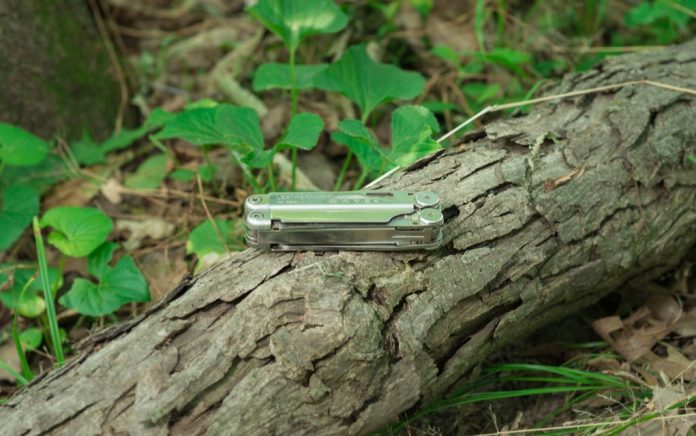(SurvivalDaily.com) – Surviving is all about having the ability to use anything that’s available that may aid in your survival. Resourcefulness will save your life one day; it’s one of those skills that’s great to have and not need rather than need and not have. Resourcefulness can allow you to see the potential in items you typically wouldn’t, such as tree bark. Yes, tree bark can be used for several things, and making tools is one of them.
Bark Types Matter
Different barks work better for different applications, just like anything else. Some trees like birch and aspen have bark that’s strong and pliable, making it easy to fold or sew. Mature oak and maple trees, on the other hand, have sturdier bark, making it great for plates, shovels and shingles. Willow branches are flexible on their own, thanks to the bark and makeup of the wood; this makes willow branch bark great for sewing and cordage.
Harvesting Bark
There are a couple of different ways to harvest bark. When you’re trying to survive, you have to do what you can, but when you’re practicing in your yard or nature reserve, you need to be careful.
The first way, known as “girdling,” involves cutting the bark around the circumference of the tree. This will lead the tree to death in weeks, as you have cut off the tree’s circulation, quite literally.
Another, less damaging way to harvest bark is known as “window paning.” This entails cutting out a small patch of bark from the tree in the shape of a window pane.
Preparing the Bark
Even when using more pliable bark, prepping and pre-treating it can make a world of difference. The most efficient way to accomplish this is with water. Once it has soaked thoroughly it is easier to work with making it a snap to shape into whatever form you may need, whether it be strands for braiding rope or thin sinewy-like pieces.
If you need the bark to be flat, it’s pretty simple: Soak the bark and then flatten using stones or logs and allow it to dry in the sun. Once the bark dries, it should hold the flat shape.
Needed Tools
Luckily for you, the tools you may need are pretty standard in survival situations: a knife, hatchet and sawtooth machete. Nails and bootlaces can be used as well, but you may not have these items available (unless this convinces you to add them to your prep). If you’re gonna be adding tools to your prep specifically for working with bark, consider using leather-crafting tools to make quick work of it.
Tools You Can Craft From Bark
There are a lot of tools that can be made from bark, so these are only a few options.
Option #1: Shingles
When making an improvised shelter, you need a roof to keep you dry. These shingles are easy to make and serve as a great way to keep you dry. First, you’ll need to gather your bark; oak, maple, and elm work best, as they are typically thicker and have less cracks and holes in them. When stacking your shingles, start at the bottom and overlap them as you work your way up. It’s best to use larger pieces of bark to cover more area. Overlapping as you go allows the water to roll off the shingles and not leak into your shelter.
Option #2: Bark Cordage
This is basically the same as braiding rope, except you’re using bark instead. Try using elm, birch, willow branches, and immature maple bark. You start by stripping the longest pieces possible from a sapling’s trunk or long branches. Next, soak your strips in water for an hour or two. Split a stick and insert three strips of bark into the split. After you’ve done that, brace the stick with your feet and start braiding, overlapping the three strips as you go. Splicing is likely going to be necessary; be sure to splice one piece at a time to avoid creating a weak point. Your last step is to use your cordage around your camp; it’s not recommended for use as a lifeline.
Option #3: Bark Shovel
This one may be a bit obvious, or maybe not, but it can prove useful either way. This is actually way simpler than it may seem. You really only need to find a good, sturdy piece of bark that you can dig with; mature oak and maple bark work best as these are stiff and don’t bend easily. For stiffer ground, use a branch to break the ground up first, then come in with the bark to scoop out the loose dirt.
Bark is useful for more than just kindling; it can literally provide a roof over your head. If prepping teaches us anything, it’s to not underestimate the value of what’s at hand when our lives depend on it. As with anything, don’t wait until you’re in the moment to try this out. Just remember to be careful how you gather the bark, so you don’t kill trees unintentionally. Best of luck to you, and remember to always put safety first.
~Copyright 2021, SurvivalDaily.com

















